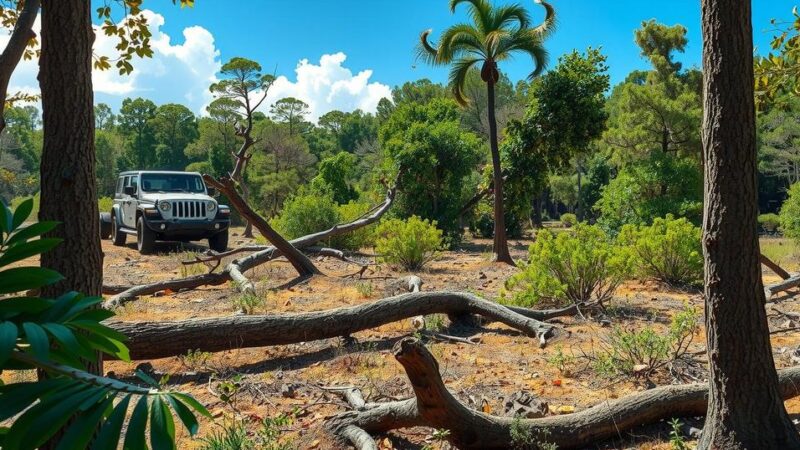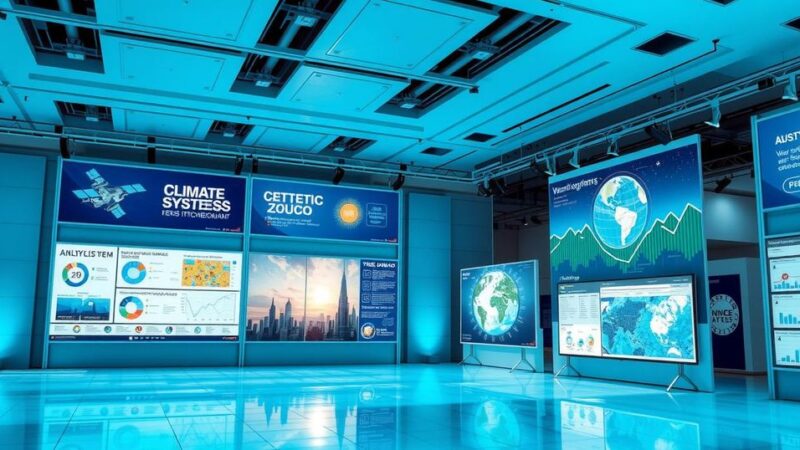A cohort of 60 students gathered in Vermont last summer to study climate change and strategize local solutions. They identified challenges, proposed projects, and sought expert feedback. Three students—Anna, Vaishnavi, and Katana—shared their experiences, highlighting their unique approaches to implementing climate initiatives, the challenges faced, and the importance of collaboration for driving change in their communities.
Last summer, 60 students gathered in the Green Mountains of Vermont to explore climate change solutions. This program enabled participants to align their skills and passions with youth-led initiatives. They recognized local climate issues, crafted project proposals, and sought expert feedback, returning home to implement their ideas. Three students shared their experiences, highlighting the challenges and strategies for fostering change amid an urgent global climate crisis.
Anna P., a Virginia high school sophomore, became intrigued by the Inflation Reduction Act (IRA) during discussions at Green Mountains. Inspired by the complexity of accessing IRA benefits, she plans to create a website featuring an incentive calculator and a search tool to simplify access to tax credits and rebates.
Vaishnavi S., a senior from Washington State, aimed to install solar panels on K-12 schools in her area. With background work already in progress, she gained insights into project execution from expert guidance. Vaishnavi encountered challenges, including the slow solar approval process and the differing urgency of school officials, which required her to adapt her approach while maintaining focus on her goals.
Katana K., also a sophomore, engaged her school’s Climate Action Club through lessons from the program. Initially focused on replacing plastic utensils, she faced obstacles related to community support and costs. Currently, she is exploring biodegradable utensils and enhancing the school’s composting system, realizing that sustainable change necessitates strategic adjustments.
All three students emphasized collaboration in driving effective change. Vaishnavi advised connecting with like-minded individuals and clearly outlining goals for better focus. She envisions a future in environmental engineering to contribute to renewable energy initiatives, while Katana plans to lead her Climate Action Club, advocating for institutional support for student-driven change.
Anna’s website, “Save Money, Reduce Emissions,” is set to launch in the spring, aimed at demystifying IRA incentives. She intends to utilize social media and community engagement to increase its user base, confident in the unique opportunity her high school experience provides for extensive networking and advocacy.
Laurel Zaima-Sheehy, assistant director at the Climate School, reaffirmed the vital role of young people as community leaders driving climate solutions. The organization aims to assist students in transforming their Climate Action Projects into lasting efforts that extend beyond the program’s conclusion, emphasizing the significance of such initiatives for future generations.
The experiences of students at the Green Mountains Climate School illustrate the transformative power of youth in addressing climate challenges. By sharing their projects, students like Anna, Vaishnavi, and Katana showcase resilience in the face of obstacles and the importance of collaboration. Their journeys reflect not only personal growth but also a commitment to fostering sustainable change within their communities. As they implement their initiatives, they embody the potential for lasting impact in the climate movement.
Original Source: news.climate.columbia.edu






